
Big Bang

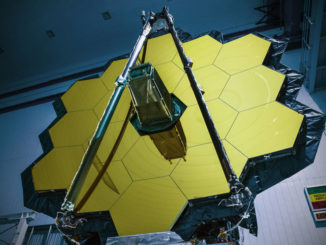


Forming stars in the early universe
The first stars appeared about 100 million years after the Big Bang. When the universe was about 3 billion years old, star formation activity peaked at rates about ten times above current levels. Why this happened, and whether the physical processes back then were different from those today, are among the most pressing questions in astronomy.

New theory of gravity might explain dark matter
Emergent gravity is a new theory that might explain the curious motions of stars in galaxies. It predicts the exact same deviation of motions that is usually explained by invoking dark matter. Professor Erik Verlinde, renowned expert in string theory, publishes a new research paper today in which he expands his groundbreaking views on the nature of gravity.
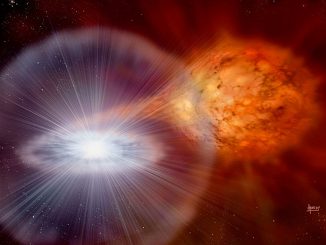
Study confirms that novae are main source of lithium in the universe
Lithium, like the majority of chemical elements, can trace its origins back to astrophysical phenomena, but its point of genesis was unclear. Recently, a group of researchers detected enormous quantities of beryllium-7 — an unstable element which decays into lithium — inside nova V5668 Sgr, which suggests that novae are the main source of lithium in the galaxy.
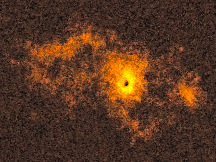
Unexpected gaseous haloes detected around distant quasars
An international team of astronomers has discovered glowing gas clouds surrounding distant quasars. The new survey of these active galaxies indicates that haloes around quasars are far more common than expected. The properties of the haloes in this surprising find are also in striking disagreement with currently accepted theories of galaxy formation in the early universe.

The universe is expanding at an accelerating rate — or is it?
Five years ago, the Nobel Prize in Physics was awarded to three astronomers for their discovery, in the late 1990s, that the universe is expanding at an accelerating pace. Now, a team of scientists led by Professor Subir Sarkar of Oxford University’s Department of Physics has cast doubt on this standard cosmological concept.
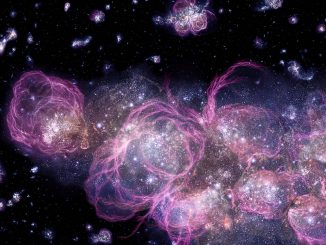
Using oxygen as a tracer of galactic evolution
A new study comprised of 7,000 galaxies casts light on how young, hot stars ionise oxygen in the early universe and the effects on the evolution of galaxies through time. The study presents the first measurements of the changing strengths of oxygen emission lines from the present day and back to 12.5 billion years ago.
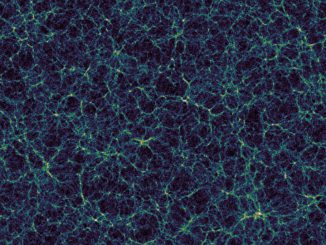
Cosmologists show that universe is expanding uniformly
The universe is expanding uniformly according to research led by University College London (UCL). The researchers studied the cosmic microwave background (CMB) which is the remnant radiation from the Big Bang. It shows the universe expands the same way in all directions, supporting the assumptions made in cosmologists’ standard model of the universe.
